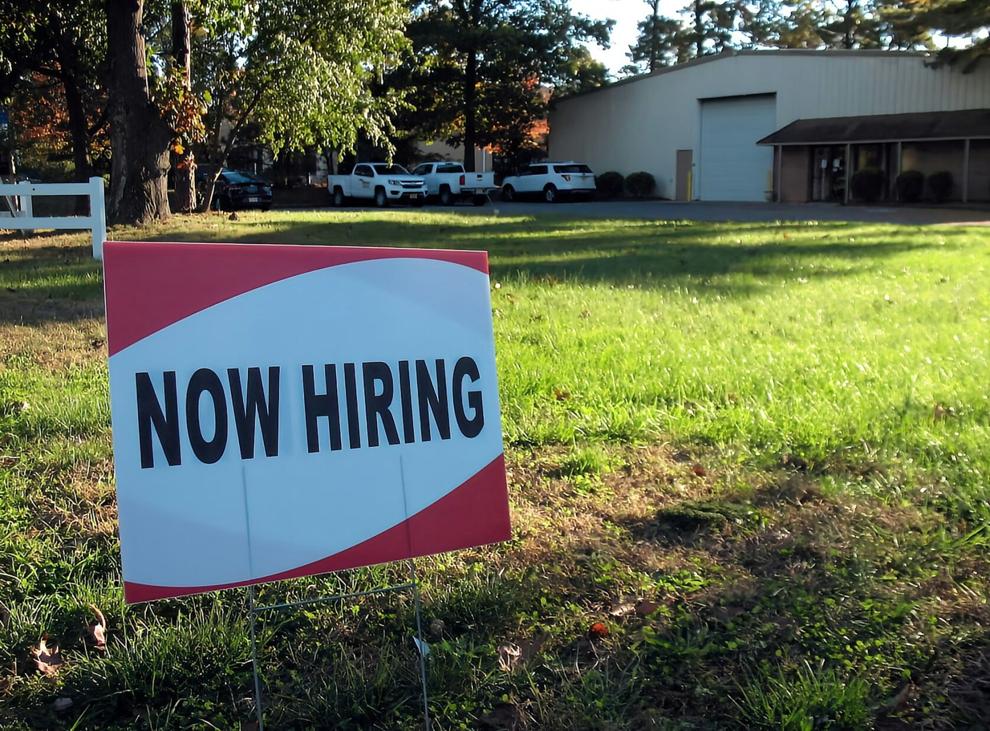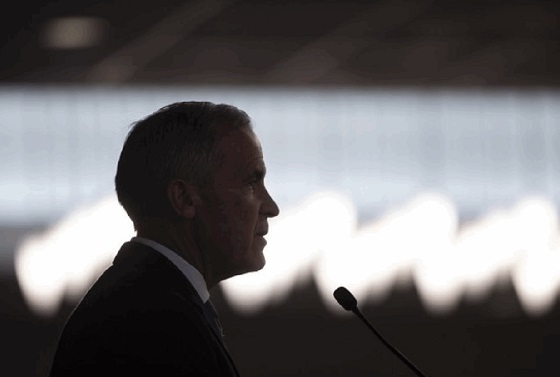International
‘Wrong in principle’: Former UK prime ministers torch proposed assisted suicide legislation

A nurse injects medicine for euthanasia to an elderly man in a hospital bed
From LifeSiteNews
As UK lawmakers prepare to vote on Kim Leadbeater’s assisted suicide bill, opposition mounts from ex-prime ministers, clergy, and healthcare leaders, who condemn the practice ‘in principle’ while warning of risks to vulnerable patients and flawed safeguards.
At least four former U.K. prime ministers have opposed Kim Leadbeater’s assisted suicide bill as the Friday vote looms.
Former Labour Prime Minister Gordon Brown published his editorial opposing assisted suicide in the Guardian on November 22, revealing that the moments he and his wife spent with their dying infant daughter were among the most precious in his life and calling on Parliament to instead focus on improving end-of-life care.
According to the Daily Telegraph, former British leaders Boris Johnson, Liz Truss, and Baroness Theresa May have all expressed their opposition to the deceitfully named Terminally Ill Adults (End of Life) Bill. May’s opposition to assisted suicide has not changed since she voted against it in 2015, and thus she expects to vote against the Leadbeater bill if it progresses to the House of Lords, according to sources close to May.
Liz Truss has been forthright in her opposition, telling the Telegraph that she is “completely opposed” to assisted suicide: “It is wrong in principle: organs of the state like the NHS and the judicial system should be protecting lives, not ending them.” Boris Johnson also opposes the assisted suicide bill in its current form, the Telegraph reports. Rishi Sunak is not opposed to assisted suicide “in principle,” but has not stated which way he will be voting; Tony Blair has also thus far remained silent.
Unfortunately, former prime minister David Cameron has changed his view on assisted suicide, stating that despite his previous concerns that vulnerable people might be pressured to end their lives, Leadbeater’s bill has “strong safeguards.” As several experts have already pointed out, Cameron is wrong about the bill – in fact, the legislation as written is vague, disastrous, and filled with loopholes.
Indeed, the bill’s sponsor and most aggressive champion, Labour MP Kim Leadbeater, has suggested that fear of being a burden is a “legitimate reason” for dying – and the “safeguards,” such as Clause 25, which protects medical professionals involved in assisted suicides from civil liability, reveals who the safeguards are actually for.
Although the assisted suicide camp still has more confirmed votes, opposition to the bill has been mounting in recent days. The Times condemned the bill, stating in no uncertain terms:
Legislation sanctioning the killing of human beings, irrespective of life expectancy, is a matter worthy of the most rigorous debate. Ms Leadbeater implied only this week that doctors would be allowed to raise the issue of assisted dying with patients who had expressed no desire for it. Such flippant and ad hoc reasoning behind this most important of bills condemns it.
Even the Church of England has stepped up, with over 1,000 members of the Anglican clergy – including 15 bishops – signing an open letter stating:
To reduce the value of human life to physical and mental capacity and wellbeing has sinister implications for how we as a society view those who experience severe physical or mental issues.
Cardinal Vincent Nichols and other prominent Catholic clergy have also been vociferous in their condemnation of the bill; Chief Rabbi Sir Ephraim Mirvis published his opposition to the bill on November 26.
READ: Euthanasia advocates use deception to affect public’s perception of assisted suicide
These religious leaders are joined by jurists such as former judge Sir James Munby and former attorney Dominic Grieve. Additionally, 3,400 healthcare professionals, including 23 hospice medical directors and 53 eminent medical professionals, signed a letter stating that Leadbeater’s bill “would threaten society’s ability to safeguard vulnerable patients from abuse.” London Mayor Sadiq Khan also opposes the bill.
In response, suicide lobby group Dying With Dignity is pouring money into ad campaigns on social media, running 602 Facebook ads in the past month. Supporters of assisted suicide are claiming that a majority of the public supports the bill, and some polls indicate that over 60 percent do. However, as the saying goes, polls are taken to shape public opinion, not gauge it. From the Daily Mail:
[A new poll] found that when presented with ten basic arguments against assisted suicide – based on experiences from other countries such as Canada where the practice is allowed – support collapses. In this case the proportion of “supporters” who did not switch to oppose or say “don’t know” fell to just 11 per cent, the polling found. Support fell in every social category by between 17 and 49 percentage points.
This poll reveals precisely why Keir Starmer, the U.K.’s first openly atheist prime minister, permitted such an important bill to be so rushed: the more people know, the more they oppose assisted suicide. Let’s hope that the pushback is enough to carry the day.
Daily Caller
Is Ukraine Peace Deal Doomed Before Zelenskyy And Trump Even Meet At Mar-A-Lago?


From the Daily Caller News Foundation
As Ukraine and the U.S. try one more time to reach agreement on terms for a peace deal to end the war with Russia, questions remain about whether a resolution is still possible after multiple stalled rounds of negotiations.
President Volodymyr Zelenskyy of Ukraine is set to meet with President Donald Trump at Mar-a-Lago on Sunday to discuss the current proposal for ending the war. The terms and language of the proposed deal have undergone substantial revisions since it was first presented in November, largely due to objections from Ukraine and other European powers.
Despite multiple rounds of peace negotiations fizzling out over the past year, foreign policy and defense experts told the Daily Caller News Foundation that Trump still has a chance to make peace if he can convince Putin that the cost of waging war outweighs the benefits, but that it’s unlikely any of the parties will leave the table satisfied.
As a nonprofit, we are dependent on the generosity of our readers.
Please consider making a small donation of any amount here.
Thank you!
“The President’s team sees that stark reality, but also envisions a golden future for Ukraine once the fighting stops—a prosperous, strong, independent nation could rise from the ashes we see today,” Morgan Murphy, former Trump White House official and current Republican Senate candidate in Alabama, told the DCNF. “To get there will take a deal that likely leaves all parties—Ukraine, Russia, and Europe—unhappy when they leave the negotiation table.”
While Russia has signaled some willingness to make compromises, most recently saying it would accept Ukrainian European Union membership, Putin has so far not agreed to any ceasefire in the interim. U.S. officials previously told the DCNF that they resolved “90%” of the issues between Russia and Ukraine in the new deal, but stopped short of elaborating on the outstanding issues.
Zelenskyy expressed cautious optimism about his ongoing talks with Trump’s team in an X post on Christmas Day, but emphasized that a few “sensitive issues” still need to be worked out. While those points of contention weren’t specifically named, Ukraine has long objected to any territorial concessions to Russia and has sought additional security guarantees from the U.S. and European allies.
It is important if we succeed in organizing what we discussed today with President Trump’s envoys. Some documents, as I see it, are nearly ready, and some documents are fully prepared. Of course, there is still work to be done on sensitive issues. But together with the American… pic.twitter.com/kCmrNOaQBQ
— Volodymyr Zelenskyy / Володимир Зеленський (@ZelenskyyUa) December 25, 2025
A number of foreign policy experts, including those who spoke to the Daily Caller News Foundation, warn that excessive concessions to Moscow could embolden U.S. adversaries around the world, including China.
“A rushed or weak settlement would do real damage to U.S. national security,” Carrie Filipetti, executive director of the Vandenberg Coalition, told the DCNF. “It would tell Putin that aggression pays and signal to adversaries like China that borders and sovereignty are negotiable. That is not peace, it is an invitation for the next crisis.”
Putin has continued to strike Ukraine relentlessly during ongoing talks, mainly targeting critical energy infrastructure. Despite Putin’s continued push to win militarily in Ukraine, Heather Nauert, a former U.S. State Department spokesperson, told the DCNF that his actions come less from a position of strength and more from desperation to quickly end the war before he is forced to concede.
“While Putin likely still thinks he can win, his actions are those of someone who is increasingly desperate,” Nauert told the DCNF. “With Vladimir Putin, you don’t get peace because you ask nicely; you get peace when he sees he can’t improve his position by continuing to wage his war. History shows that Moscow only takes negotiations seriously when the pressure is real and sustained.”
Despite projecting resolve publicly, Moscow has paid a staggering price for its war in Ukraine, with various estimates putting casualties among Kremlin forces at no fewer than 600,000. Russia has nevertheless made slow but steady gains on the battlefield, including taking the town of Siversk on Tuesday.
Putin’s government expected a short conflict and swift victory after the initial invasion of Ukraine. But Russian forces were repelled decisively in the 2022 assault on Kyiv, leading to multiple counter-offensives from Ukraine and the resulting protracted war.
Ukraine has held its ground at great cost to itself, needing significant support from the U.S. and Europe. The U.S. has spent over $180 billion on Ukraine since the war began in 2022, and Trump recently signed a bill allocating $800 million of support for Ukraine over the next two years.
Ukraine is dead set on gaining better future security guarantees from the U.S. in exchange for any peace, and U.S. officials previously told the DCNF that the new provisions offer guarantees that function similarly to NATO’s Article 5, promising mutual defense if one is attacked.
“I am not sure he can cut that deal without a commitment to Ukraine, by the U.S. and our allies, that we will stand behind them until a satisfactory peace deal can be made,” Bruce Carlson, retired U.S. Air Force general and former director of the National Reconnaissance Office, told the DCNF. “In recent negotiations with the Ukrainians and other allies [Trump] has made some compromises. Now, with a very confident Putin, he will have to re-sell this new and modified deal.”
Business
Residents in economically free states reap the rewards

From the Fraser Institute
A report published by the Fraser Institute reaffirms just how much more economically free some states are compared with others. These are places where citizens are allowed to make more of their economic choices. Their taxes are lighter, and their regulatory burdens are easier. The benefits for workers, consumers and businesses have been clear for a long time.
There’s another group of states to watch: “movers” that have become much freer in recent decades. These are states that may not be the freest, but they have been cutting taxes and red tape enough to make a big difference.
How do they fare?
I recently explored this question using 22 years of data from the same Economic Freedom of North America index. The index uses 10 variables encompassing government spending, taxation and labour regulation to assess the degree of economic freedom in each of the 50 states.
Some states, such as New Hampshire, have long topped the list. It’s been in the top five for three decades. With little room to grow, the Granite State’s level of economic freedom hasn’t budged much lately. Others, such as Alaska, have significantly improved economic freedom over the last two decades. Because it started so low, it remains relatively unfree at 43rd out of 50.
Three states—North Carolina, North Dakota and Idaho—have managed to markedly increase and rank highly on economic freedom.
In 2000, North Carolina was the 19th most economically free state in the union. Though its labour market was relatively unhindered by the state’s government, its top marginal income tax rate was America’s ninth-highest, and it spent more money than most states.
From 2013 to 2022, North Carolina reduced its top marginal income tax rate from 7.75 per cent to 4.99 per cent, reduced government employment and allowed the minimum wage to fall relative to per-capita income. By 2022, it had the second-freest labour market in the country and was ninth in overall economic freedom.
North Dakota took a similar path, reducing its 5.54 per cent top income tax rate to 2.9 per cent, scaling back government employment, and lowering its minimum wage to better reflect local incomes. It went from the 27th most economically free state in the union in 2000 to the 10th freest by 2022.
Idaho saw the most significant improvement. The Gem State has steadily improved spending, taxing and labour market freedom, allowing it to rise from the 28th most economically free state in 2000 to the eighth freest in 2022.
We can contrast these three states with a group that has achieved equal and opposite distinction: California, Delaware, New Jersey and Maryland have managed to decrease economic freedom and end up among the least free overall.
What was the result?
The economies of the three liberating states have enjoyed almost twice as much economic growth. Controlling for inflation, North Carolina, North Dakota and Idaho grew an average of 41 per cent since 2010. The four repressors grew by just 24 per cent.
Among liberators, statewide personal income grew 47 per cent from 2010 to 2022. Among repressors, it grew just 26 per cent.
In fact, when it comes to income growth per person, increases in economic freedom seem to matter even more than a state’s overall, long-term level of freedom. Meanwhile, when it comes to population growth, placing highly over longer periods of time matters more.
The liberators are not unique. There’s now a large body of international evidence documenting the freedom-prosperity connection. At the state level, high and growing levels of economic freedom go hand-in-hand with higher levels of income, entrepreneurship, in-migration and income mobility. In economically free states, incomes tend to grow faster at the top and bottom of the income ladder.
These states suffer less poverty, homelessness and food insecurity and may even have marginally happier, more philanthropic and more tolerant populations.
In short, liberation works. Repression doesn’t.
-

 Bruce Dowbiggin22 hours ago
Bruce Dowbiggin22 hours agoBe Careful What You Wish For In 2026: Mark Carney With A Majority
-

 Frontier Centre for Public Policy2 days ago
Frontier Centre for Public Policy2 days agoTent Cities Were Rare Five Years Ago. Now They’re Everywhere
-

 Energy21 hours ago
Energy21 hours agoNew Poll Shows Ontarians See Oil & Gas as Key to Jobs, Economy, and Trade
-

 Fraser Institute1 day ago
Fraser Institute1 day agoCarney government sowing seeds for corruption in Ottawa
-

 International1 day ago
International1 day agoNo peace on earth for ISIS: Trump orders Christmas strikes after Christian massacres
-

 Alberta1 day ago
Alberta1 day agoAlberta Next Panel calls for less Ottawa—and it could pay off
-

 Daily Caller1 day ago
Daily Caller1 day agoUS Halts Construction of Five Offshore Wind Projects Due To National Security
-

 Business18 hours ago
Business18 hours agoSocialism vs. Capitalism





